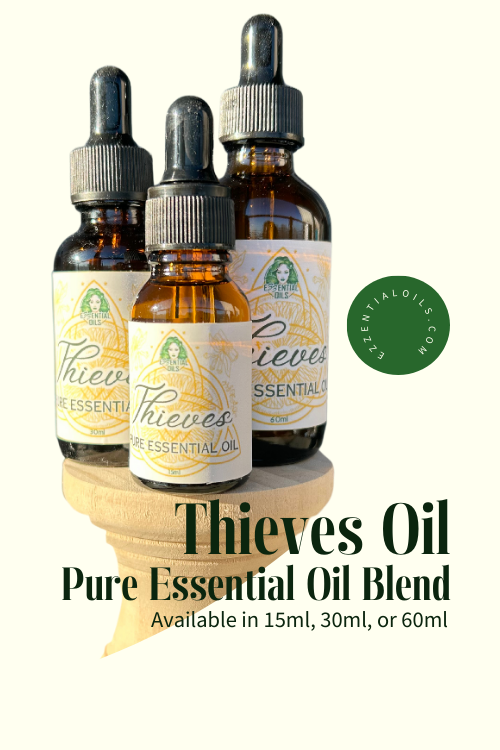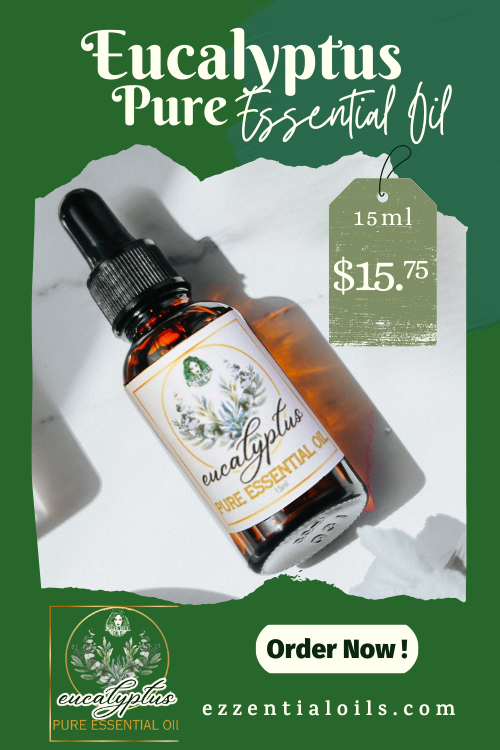Step-by-Step Candle Making Guide for Beginners
There's something magical about the soft flicker of candlelight and the comforting aromas that fill a room. Candles have a way of making any space feel warm and inviting. But did you know you can capture that magic by making your own candles at home?
Candle making is a fun and creative hobby that lets you craft custom candles tailored to your favorite scents, colours, and designs. Whether you're looking for a new DIY project, a thoughtful handmade gift, or a relaxing way to spend an afternoon, this guide will walk you through everything you need to know to start your candle-making journey.
Why Make Your Own Candles?
Customization: Choose your favorite scents, colors, and containers to create candles that match your style.
Cost-Effective: DIY candles are often cheaper than store-bought ones, especially luxury candles.
Quality Control: You control the ingredients, ensuring your candles are free from harmful additives.
Eco-Friendly: Reuse jars or containers to create sustainable, waste-free candles.
Creative Expression: Let your creativity shine through unique designs and scent combinations.
Candle Making Supplies
Before diving in, gather the necessary materials. Here's what you'll need:
Wax: Choose from soy wax (eco-friendly and easy to work with), beeswax (natural and aromatic), or paraffin wax (traditional but less sustainable).
Wicks: Pre-tabbed wicks are easiest for beginners. Make sure to match the wick size to your container's diameter.
Containers: Mason jars, tea tins, or heat-safe glass jars work perfectly.
Fragrance Oils or Essential Oils: Add scent to your candles. Use oils designed specifically for candle making.
Color Dyes (Optional): Liquid or block dyes let you customize your candles' colors.
Double Boiler: A heat-safe bowl placed over a saucepan of simmering water works well.
Thermometer: Ensure the wax reaches the correct temperature for melting and adding fragrance.
Stirring Utensil: A wooden or silicone spatula works best.
Glue Dots or Wick Stickers: To secure the wick at the bottom of the container.
Clothespins or Wick Holders: Keep the wick centered while the wax hardens.
Step-by-Step Candle Making Guide
Step 1: Prepare Your Workspace
Set up your workspace with all your materials. Cover the surface with newspaper or parchment paper to catch spills. Ensure your containers are clean and dry.
Step 2: Attach the Wick
Place a glue dot or wick sticker at the base of your wick and press it firmly into the center of your container. Use a clothespin or wick holder to keep the wick upright.
Step 3: Melt the Wax
Using a double boiler, slowly melt your wax over medium heat. Stir occasionally to ensure even melting. Avoid overheating, as this can affect the quality of your candle.
Step 4: Add Fragrance and Color
Once the wax reaches about 185°F (85°C), remove it from the heat. Add your fragrance oil (approximately 1 ounce of oil per pound of wax) and stir for about 2 minutes to ensure even distribution. If you're adding color, mix it in now.
Step 5: Pour the Wax
Allow the wax to cool slightly to 135°F (57°C) to avoid cracking or uneven surfaces. Slowly pour the wax into your container, holding the wick steady. Leave a little space at the top of the jar.
Step 6: Set the Wick
Recenter your wick if it's shifted during pouring. Use a wick holder or clothespin to keep it upright as the wax hardens.
Step 7: Let It Cool
Allow the candle to cool completely, which can take 4–6 hours. Trim the wick to about ¼ inch before lighting.
Beginner-Friendly Candle Recipes
Lavender Bliss Candle
Wax: Soy wax
Fragrance: Lavender essential oil (1 ounce per pound of wax)
Color: A few drops of lavender liquid dye (optional)
Citrus Sunshine Candle
Wax: Soy wax
Fragrance: Orange and lemon essential oils (equal parts, 1 ounce per pound of wax)
Color: A dash of yellow dye for a sunny hue
Cozy Vanilla Spice Candle
Wax: Paraffin wax
Fragrance: Vanilla and cinnamon fragrance oils (2:1 ratio, 1 ounce per pound of wax)
Color: A warm beige or caramel dye
Tips and Tricks for Candle Making
Start Small: Practice with small batches to get the hang of the process.
Use High-Quality Oils: Fragrance oils designed for candles offer better scent throw.
Avoid Overheating Wax: Overheating can cause discoloration or poor scent retention.
Experiment with Blends: Combine complementary oils like lavender and eucalyptus for unique scents.
Test Wick Sizes: Wick size affects how well the candle burns, so test to avoid tunneling or excessive soot.
Safety Tips
Never leave melting wax unattended.
Always use heat-safe containers.
Keep a fire extinguisher nearby, just in case.
Why You'll Love Making Candles
Candle making is more than just a DIY project—it's a way to express your creativity and craft something that brings warmth and joy to your home. Plus, the satisfaction of lighting a candle you made yourself is unmatched. Whether you keep them for yourself or gift them to loved ones, handmade candles are sure to make any space feel cozy and inviting.
Are you ready to light up your home with your own handmade candles? Share your favorite scent combinations and candle-making tips in the comments!
Please note, the International Federation of Aromatherapists do not recommend that Essential Oils be taken internally, unless under the supervision of a Medical Doctor, who is also qualified in clinical Aromatherapy. In addition, Essential Oils must be properly diluted before use, in order to avoid any damages to property or adverse physical effects (including injury or bodily harm).
This article is for information purposes only. All Ezzential Oils products are for external use only unless otherwise indicated. This information is not intended to diagnose, treat, cure, or prevent any disease, and it should not be used by anyone who is pregnant or under the care of a medical practitioner. Please refer to our policies for further details, and our disclaimer below.
Candle making is a fun and creative hobby that lets you craft custom candles tailored to your favorite scents, colours, and designs. Whether you're looking for a new DIY project, a thoughtful handmade gift, or a relaxing way to spend an afternoon, this guide will walk you through everything you need to know to start your candle-making journey.
Why Make Your Own Candles?
Customization: Choose your favorite scents, colors, and containers to create candles that match your style.
Cost-Effective: DIY candles are often cheaper than store-bought ones, especially luxury candles.
Quality Control: You control the ingredients, ensuring your candles are free from harmful additives.
Eco-Friendly: Reuse jars or containers to create sustainable, waste-free candles.
Creative Expression: Let your creativity shine through unique designs and scent combinations.
Candle Making Supplies
Before diving in, gather the necessary materials. Here's what you'll need:
Wax: Choose from soy wax (eco-friendly and easy to work with), beeswax (natural and aromatic), or paraffin wax (traditional but less sustainable).
Wicks: Pre-tabbed wicks are easiest for beginners. Make sure to match the wick size to your container's diameter.
Containers: Mason jars, tea tins, or heat-safe glass jars work perfectly.
Fragrance Oils or Essential Oils: Add scent to your candles. Use oils designed specifically for candle making.
Color Dyes (Optional): Liquid or block dyes let you customize your candles' colors.
Double Boiler: A heat-safe bowl placed over a saucepan of simmering water works well.
Thermometer: Ensure the wax reaches the correct temperature for melting and adding fragrance.
Stirring Utensil: A wooden or silicone spatula works best.
Glue Dots or Wick Stickers: To secure the wick at the bottom of the container.
Clothespins or Wick Holders: Keep the wick centered while the wax hardens.
Step-by-Step Candle Making Guide
Step 1: Prepare Your Workspace
Set up your workspace with all your materials. Cover the surface with newspaper or parchment paper to catch spills. Ensure your containers are clean and dry.
Step 2: Attach the Wick
Place a glue dot or wick sticker at the base of your wick and press it firmly into the center of your container. Use a clothespin or wick holder to keep the wick upright.
Step 3: Melt the Wax
Using a double boiler, slowly melt your wax over medium heat. Stir occasionally to ensure even melting. Avoid overheating, as this can affect the quality of your candle.
Step 4: Add Fragrance and Color
Once the wax reaches about 185°F (85°C), remove it from the heat. Add your fragrance oil (approximately 1 ounce of oil per pound of wax) and stir for about 2 minutes to ensure even distribution. If you're adding color, mix it in now.
Step 5: Pour the Wax
Allow the wax to cool slightly to 135°F (57°C) to avoid cracking or uneven surfaces. Slowly pour the wax into your container, holding the wick steady. Leave a little space at the top of the jar.
Step 6: Set the Wick
Recenter your wick if it's shifted during pouring. Use a wick holder or clothespin to keep it upright as the wax hardens.
Step 7: Let It Cool
Allow the candle to cool completely, which can take 4–6 hours. Trim the wick to about ¼ inch before lighting.
Beginner-Friendly Candle Recipes
Lavender Bliss Candle
Wax: Soy wax
Fragrance: Lavender essential oil (1 ounce per pound of wax)
Color: A few drops of lavender liquid dye (optional)
Citrus Sunshine Candle
Wax: Soy wax
Fragrance: Orange and lemon essential oils (equal parts, 1 ounce per pound of wax)
Color: A dash of yellow dye for a sunny hue
Cozy Vanilla Spice Candle
Wax: Paraffin wax
Fragrance: Vanilla and cinnamon fragrance oils (2:1 ratio, 1 ounce per pound of wax)
Color: A warm beige or caramel dye
Tips and Tricks for Candle Making
Start Small: Practice with small batches to get the hang of the process.
Use High-Quality Oils: Fragrance oils designed for candles offer better scent throw.
Avoid Overheating Wax: Overheating can cause discoloration or poor scent retention.
Experiment with Blends: Combine complementary oils like lavender and eucalyptus for unique scents.
Test Wick Sizes: Wick size affects how well the candle burns, so test to avoid tunneling or excessive soot.
Safety Tips
Never leave melting wax unattended.
Always use heat-safe containers.
Keep a fire extinguisher nearby, just in case.
Why You'll Love Making Candles
Candle making is more than just a DIY project—it's a way to express your creativity and craft something that brings warmth and joy to your home. Plus, the satisfaction of lighting a candle you made yourself is unmatched. Whether you keep them for yourself or gift them to loved ones, handmade candles are sure to make any space feel cozy and inviting.
Are you ready to light up your home with your own handmade candles? Share your favorite scent combinations and candle-making tips in the comments!
Safety Information
Please note, the International Federation of Aromatherapists do not recommend that Essential Oils be taken internally, unless under the supervision of a Medical Doctor, who is also qualified in clinical Aromatherapy. In addition, Essential Oils must be properly diluted before use, in order to avoid any damages to property or adverse physical effects (including injury or bodily harm).
This article is for information purposes only. All Ezzential Oils products are for external use only unless otherwise indicated. This information is not intended to diagnose, treat, cure, or prevent any disease, and it should not be used by anyone who is pregnant or under the care of a medical practitioner. Please refer to our policies for further details, and our disclaimer below.













